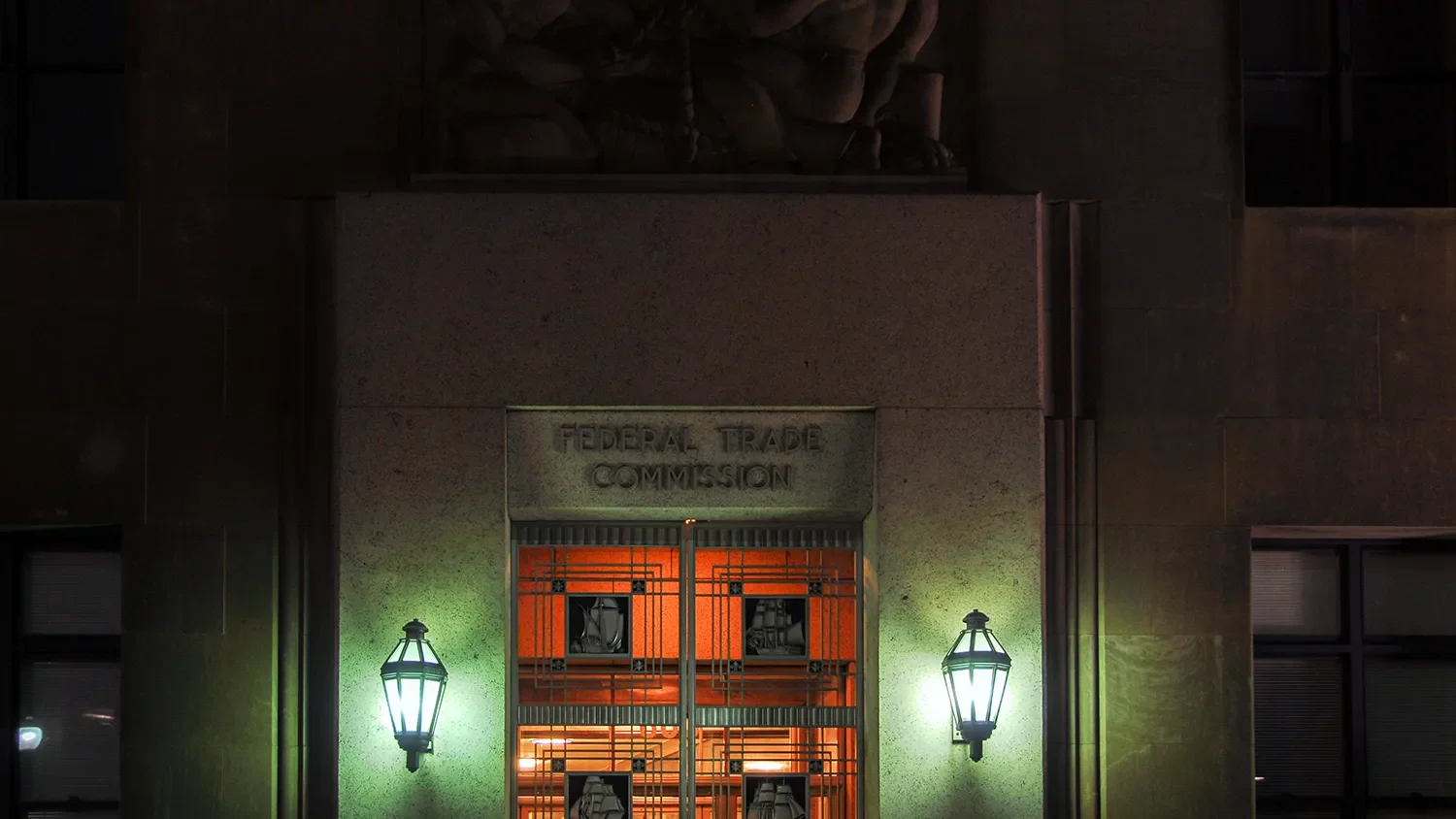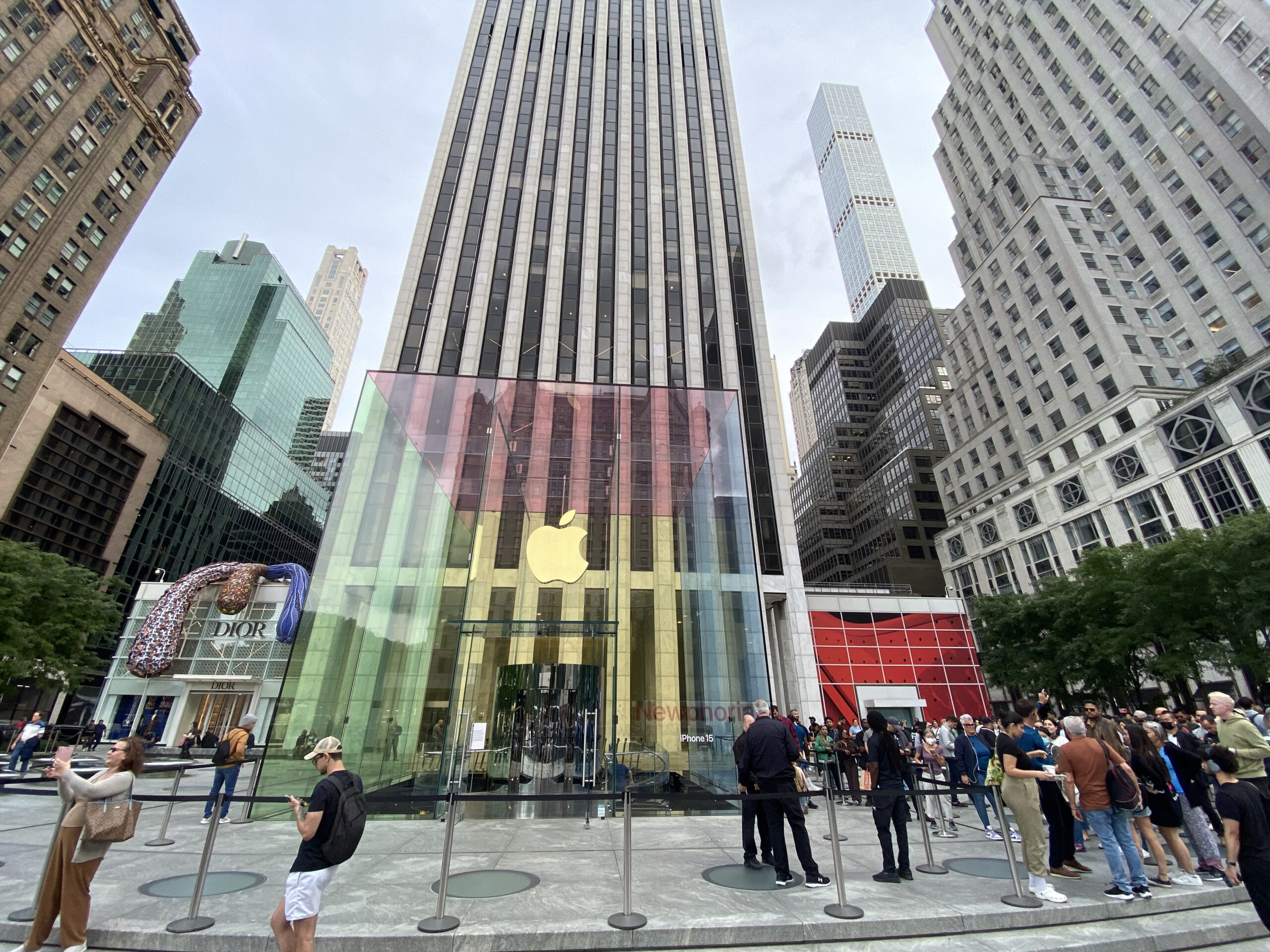Shot on an iPhone 6: Everyone’s the Competition
Apple’s “Shot on an iPhone 6” ad campaign has filled magazines, billboards, and public transit with stunning images of landscapes and people shot primarily by amateur photographers. Apple also has been running commercials during the Olympics consisting of videos and images shot on iPhone 6s. The long-running and highly successful Shot on an iPhone campaign demonstrates the enormous creativity of ordinary people enabled by digital technology. At the same time, it suggests that competition, rather than copyright infringement, is the chief threat to the livelihoods of many professional artists.
In the copyright policy wars, the associations representing professional photographers frequently assert that rampant infringement is eviscerating the income of professional photographers. These associations have been among the groups most in favor of sweeping changes to the Digital Millennium Copyright Act’s notice-and-takedown regime and adoption of a small claims court for copyright enforcement. They also are among the groups most opposed to orphan works legislation and other reforms favoring users.
There is no doubt that some businesses make unauthorized uses of images they find on the web rather than hire photographers. But the competition enabled by digital photography is the true cause of photographers’ diminishing income. For many situations where in the past firms would have hired a photographer, they now rely on an employee with a smartphone or a relatively inexpensive digital camera. For example, headshots of employees or photographs of regular corporate events were once lucrative assignments for professional photographers that now in-house amateurs often perform. Similarly, newspapers have increasingly replaced photojournalists with their print reporters or “citizen journalists” to capture images of newsworthy events. The quality of images produced by digital cameras combined with the ability to take a large number of images at no extra cost means that an amateur photographer is able to create one image that is good enough for the intended purpose. Companies still hire professional photographers for special events or ad campaigns, but the overall demand for them is lower.
At the same time, digital photography has lowered the barriers to entry, resulting in an increase in the supply of professional photographers (or people who want to be professional photographers). Photographers no longer need dark rooms and expensive developing equipment, nor extensive training on development techniques. They just need to teach themselves to use Photoshop. They also don’t need to invest large sums of money in buying film to learn their craft. Established photographers find themselves competing with new entrants more familiar with the latest software and with lower overhead.
Modifications to copyright law will not address the disruption digital technology has caused to professional photographers. Although one can sympathize with the professional photographers’ predicament, the “Shot on an iPhone 6” campaign proves that the art of photography is thriving.








